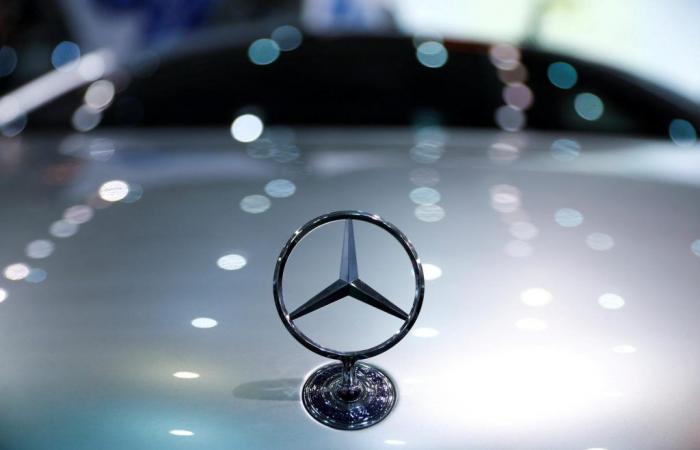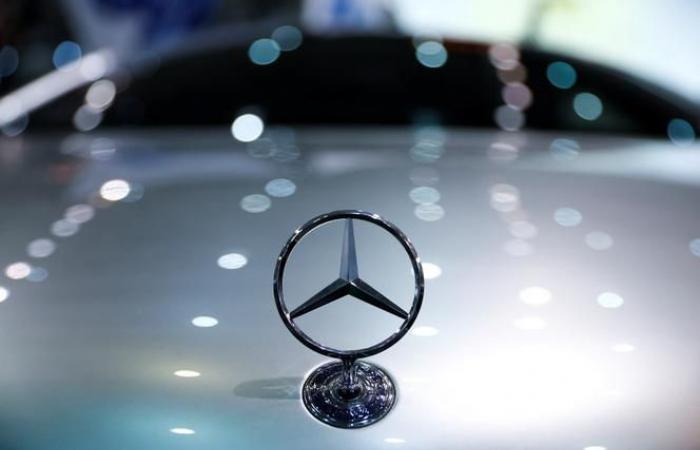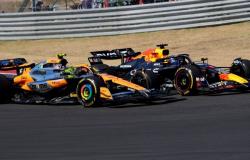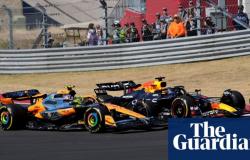Mercedes is not going through a storm but is already facing serious squalls. The slowdown in European registrations, which is accompanied by the decline in sales of electric models, but also the arrival of maturity of Chinese manufacturers on their domestic market require it to make serious adjustments.
The most spectacular is the decision to lower – for the second time this year – its annual profitability objective. Mercedes only plans an operating margin of 7.5% to 8% for 2024, compared to 10% to 11% previously, a target already reduced following the poor accounts in the second quarter. According to its managers, the operating result will be “significantly inferior” to the 19.7 billion euros released in 2023.
“Everyone has overestimated the share of electricity in sales which, we thought, should have reached 25% today when it barely exceeds 10%, but there is no question of giving up on reaching zero emissions »asserts Monde Ola Källenius, the Swedish-German boss from the Stuttgart manufacturer. He is delighted to “the arrival in the range of an unusually high number of new models between 2025 and 2028”.
Read also | Article reserved for our subscribers Automobile: the Mercedes GLC, the last bastion of diesel
Add to your selections
Cet offensive, described as “ massive ”, will not only give pride of place to battery-powered vehicles. The German brand, which postponed its transition to all-electric from 2030 to 2035, will grant an additional reprieve to some of its models equipped with a thermal engine. Thus, the emblematic S-Class sedan, which will be extensively restyled in 2026, promises to be renewed in 2028 with an electric version and another, which will retain a powerful gasoline engine.
Difference with Chinese competition
Mercedes, which has lost ground since the start of the year in Europe with registrations down 1.3%, is especially confronted with the new situation in the Chinese market, which absorbs 36% of its production and represents its main outlet. global. During the third quarter, the star firm saw its sales decline by 13%, a result barely less unfavorable than that of its German rivals. “The number one problem is the general situation of the Chinese economy which is not going well”assures Mr. Källenius, convinced that the brand “is particularly resilient” despite the winds against him.
This observation ignores the increasingly obvious gap between German brands and Chinese competition. When the internal combustion engine was the gold standard for wealthy Chinese buyers, Mercedes, BMW, Porsche and Audi embodied the alpha and omega of automotive luxury. They did not perceive in time the progress made by local manufacturers, with whom they had established joint ventures, in particular in certain digital specialties which, for Europeans, were largely terra incognita.
You have 41.48% of this article left to read. The rest is reserved for subscribers.







